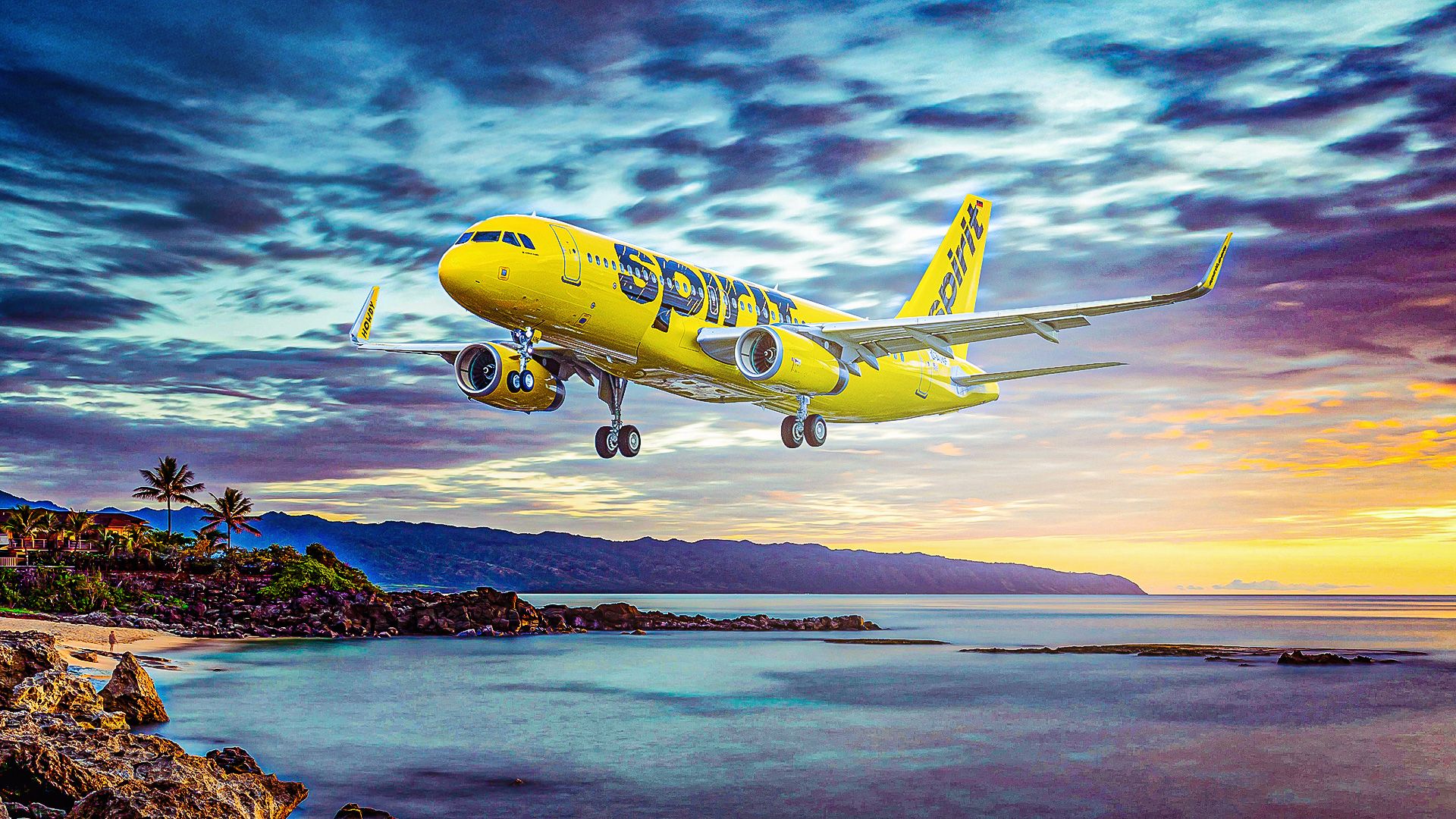Spirit Airlines has announced significant job cuts and the discontinuation of service to five airports as part of its ongoing efforts to reduce costs. This decision involves eliminating approximately 150 salaried positions and ceasing operations at St. Louis Lambert International Airport, Phoenix Sky Harbor International Airport, Milwaukee Mitchell International Airport, Frederick Douglass Greater Rochester International Airport, and Bucaramanga Palonegro International Airport in Colombia. The changes are set to take effect in January 2026, with service at three of these airports ending on January 8, followed by Milwaukee and Bucaramanga on January 13.
The airline’s decision to withdraw from these routes reflects a broader trend of contraction as it faces mounting financial challenges. Spirit Airlines is projected to incur a loss exceeding $800 million in 2025, adding to its ongoing struggles since filing for bankruptcy in March 2025. After emerging from bankruptcy, the airline once again sought Chapter 11 protection in August 2025, prompting a series of aggressive cost-cutting measures aimed at ensuring its survival.
Details of the Job and Route Cuts
The five airports targeted for service termination are not major hubs for Spirit Airlines. Spirit operates only six routes to Milwaukee, three each to St. Louis and Rochester, two to Phoenix, and just one to Bucaramanga. The decision to end service at these locations underscores the airline’s difficulties in maintaining profitable operations, particularly in markets with limited competition.
In addition to the job cuts and route reductions, Spirit Airlines has been actively downsizing its fleet. In October 2025, the Chief Financial Officer announced plans to reduce the number of aircraft by nearly 100 through early retirements and rejecting future leases. Currently, the fleet consists of 132 aircraft, nearly half of its size at the beginning of the year. Significant staff furloughs have also taken place, including plans to furlough 1,800 flight attendants and 365 pilots.
This strategy of “shrinking to profitability” has been a common approach in various industries, but it poses unique challenges for airlines, which typically maintain high overhead costs. The extensive cuts could leave Spirit Airlines vulnerable to competitors, raising concerns about its long-term viability.
Challenges Facing Spirit Airlines
Several factors contribute to Spirit Airlines’ ongoing financial struggles. The airline’s business model primarily focuses on connecting major cities to popular vacation destinations such as Florida, the Caribbean, and Las Vegas. This focus creates vulnerability to competition from legacy carriers that offer similar routes.
Additionally, Spirit’s route network is heavily concentrated in the eastern United States, where competition is fierce. Other budget airlines, like JetBlue and Frontier, have recently faced their own financial challenges, with JetBlue projected to lose over $100 million in 2025. While some airlines have managed to stabilize through strategic shifts, Spirit’s path remains uncertain.
Brand perception further complicates Spirit Airlines’ situation. Known for its low-cost, no-frills approach, the airline struggles to attract customers who increasingly prefer premium carriers with extensive frequent flyer programs and superior in-flight offerings. The company’s negative reputation is a critical concern for leadership as they navigate these turbulent times.
While Spirit Airlines continues to implement drastic measures to curb losses, the airline industry remains volatile. The outcome of these strategies will ultimately determine whether Spirit can regain its footing or if it faces an uncertain future in a highly competitive market.







